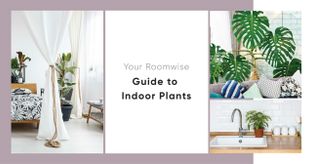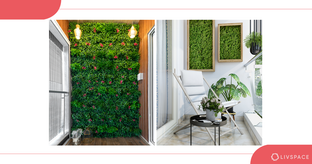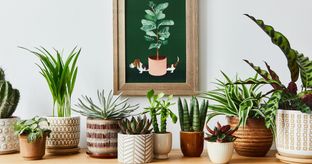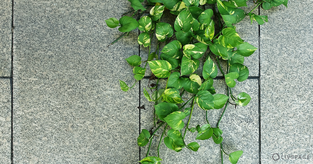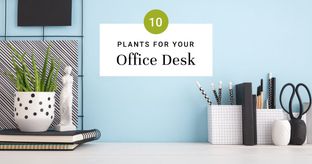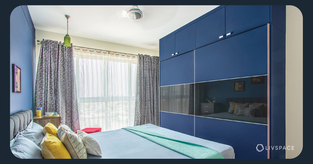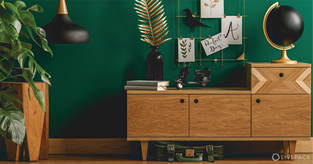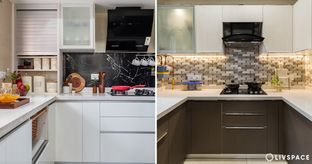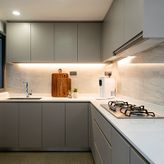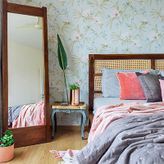In This Article
- What are air-purifying plants?
- What do air-purifying plants actually do?
- How do air-purifying plants work their magic?
- How effective are air-purifying plants really?
- How many air-purifying plants do you need?
- The top air-purifying plants for your home
- Pet-safe air-purifying plants
- Are succulents air-purifying plants?
- Plants that work around the clock
- Which plant purifies air the most?
- Getting going on your air-purifying plant journey
- How can Livspace help you?
Ever wondered if your houseplants are doing more than just looking pretty? Well, they absolutely are! Your green companions are working overtime as tiny air-cleaning machines, quietly battling indoor pollution whilst you go about your day.
Let’s immerse ourselves into the fascinating world of air-purifying plants and discover how these botanical heroes can transform your home into a fresher, cleaner sanctuary.
What are air-purifying plants?
Air-purifying plants are nature’s own filtration system. These clever green machines absorb harmful chemicals from the air through their leaves and roots, then break them down into harmless compounds. Think of them as living, breathing vacuum cleaners that never need emptying!
Unlike ordinary houseplants that simply photosynthesise, air-purifying plants go the extra mile. They actively remove toxins like formaldehyde, benzene, and ammonia from your indoor environment. It’s like having a personal air quality team that never takes a day off.
Also Read: Bringing Nature Indoors: The Benefits of Biophilic Design in Office Spaces
What do air-purifying plants actually do?
These botanical workhorses perform several impressive tricks:
Remove harmful chemicals: They absorb volatile organic compounds (VOCs) that seep from furniture, carpets, and cleaning products. Your sofa design might be releasing formaldehyde, but your spider plant is having none of it!
Increase humidity: As plants release water vapour, they naturally humidify dry indoor air. Perfect for those stuffy winter months when central heating turns your home into the Sahara.
Produce oxygen: During daylight hours, most plants release fresh oxygen whilst absorbing carbon dioxide. Some special plants, like snake plants, even work the night shift!
Reduce airborne mould: Certain plants, particularly English ivy, are mould-fighting champions. Studies show English ivy can remove up to 78% of airborne mould in just 12 hours.
How do air-purifying plants work their magic?
The science is surprisingly elegant. Plants absorb air through tiny pores called stomata, mainly found on leaf undersides. Once inside, harmful chemicals meet their match in the plant’s internal chemistry lab.
Some toxins get broken down in the leaves themselves. Others travel down to the roots, where beneficial soil bacteria join the cleanup crew. It’s like having a microscopic environmental team working 24/7 in your living room.
The larger the leaf surface area, the more air a plant can process. That’s why plants like rubber trees and peace lilies are such effective purifiers – they’ve got plenty of green real estate to work with!
Also Read: 5 Vastu-Friendly Plants That Encourage Wellness at Home
How effective are air-purifying plants really?
Here’s where things get interesting. NASA’s famous 1989 Clean Air Study showed that certain plants could remove up to 87% of air toxins in just 24 hours. Impressive, right?
However, real-world effectiveness depends on several factors. Room size matters enormously. A single peace lily in a massive living room won’t work miracles, but it’ll certainly help. Think of plants as part of your air quality strategy, not the entire solution.
Modern research suggests you’d need quite a few plants to match a mechanical air purifier’s efficiency. But here’s the thing – indoor plants offer benefits machines simply can’t. They’re beautiful, boost mental wellbeing, and never need filter replacements!
How many air-purifying plants do you need?
NASA recommends one plant per 100 square feet for optimal air cleaning. That means a typical bedroom design might need 2-3 plants, whilst a spacious lounge could benefit from 5-6 green companions.
But don’t get too hung up on exact numbers. Even one well-placed plant makes a difference. Start small and build your collection gradually. Your wallet (and your plant-care confidence) will thank you.
For maximum impact, choose a mix of different species. Some excel at removing specific toxins, so variety is your friend. Think of it as assembling your own personalised air-cleaning dream team.
The top air-purifying plants for your home
Spider plant (Chlorophytum comosum)
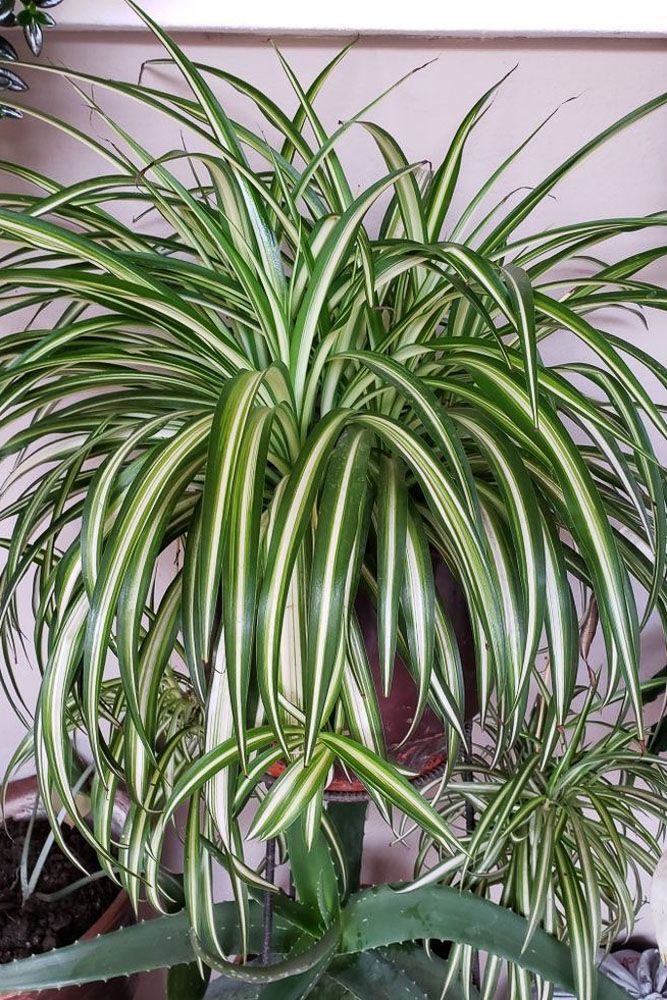
The ultimate beginner’s plant. Spider plants multiply like rabbits, are nearly indestructible, and excel at removing formaldehyde and xylene. They’re also completely safe for pets.
Snake plant (Sansevieria trifasciata)
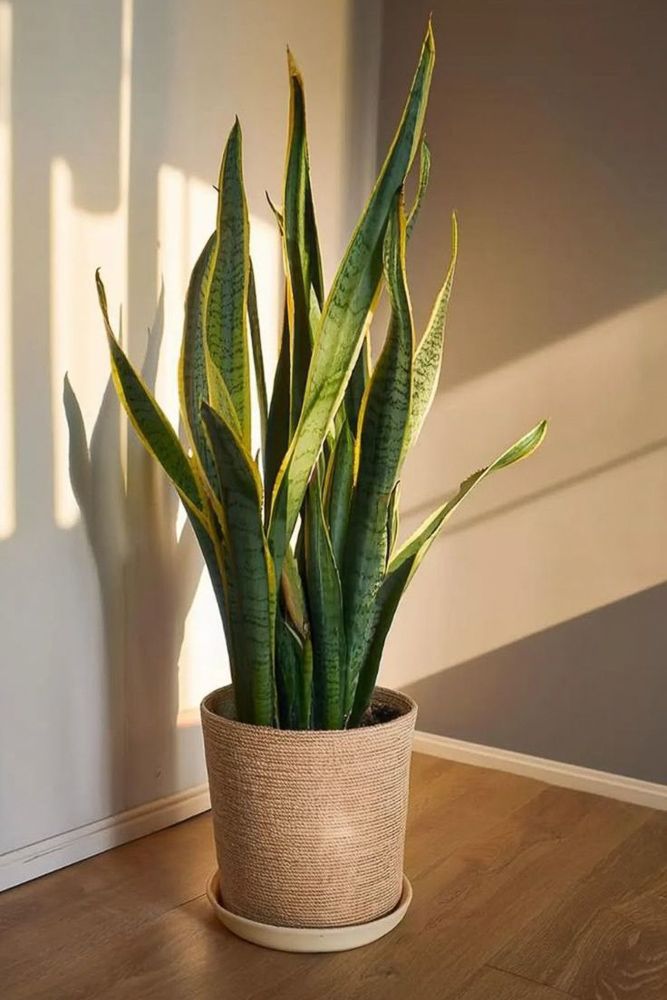
Night owls of the plant world, snake plants release oxygen after dark. They’re drought-tolerant, stylish, and brilliant at filtering formaldehyde, benzene, and trichloroethylene.
Peace lily (Spathiphyllum)
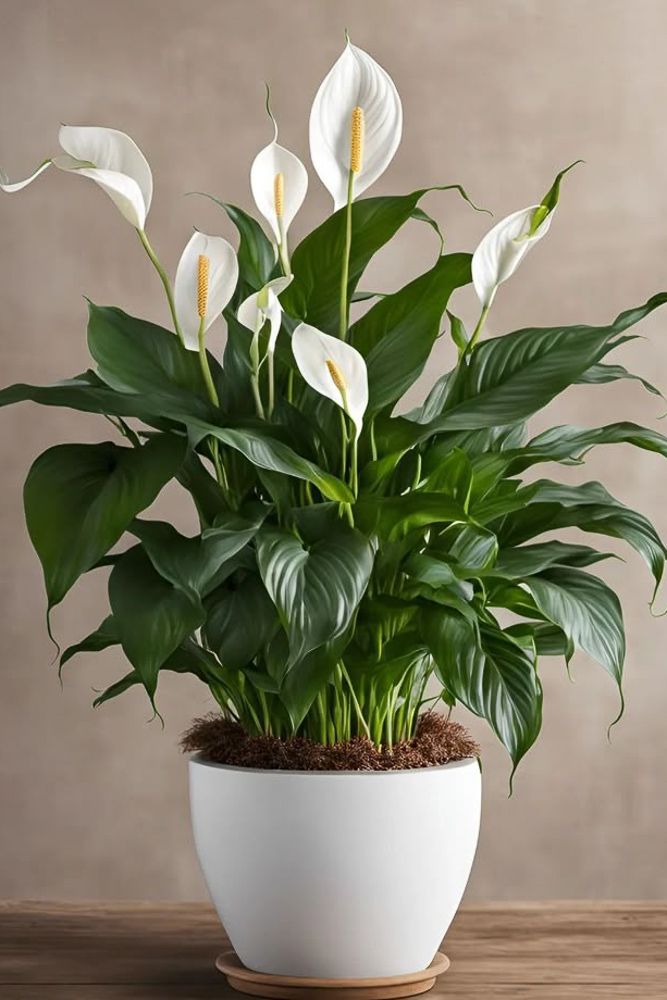
Elegant and effective, peace lilies remove ammonia, benzene, and acetone. They even tell you when they need water by drooping dramatically. Just keep them away from pets.
Aloe vera
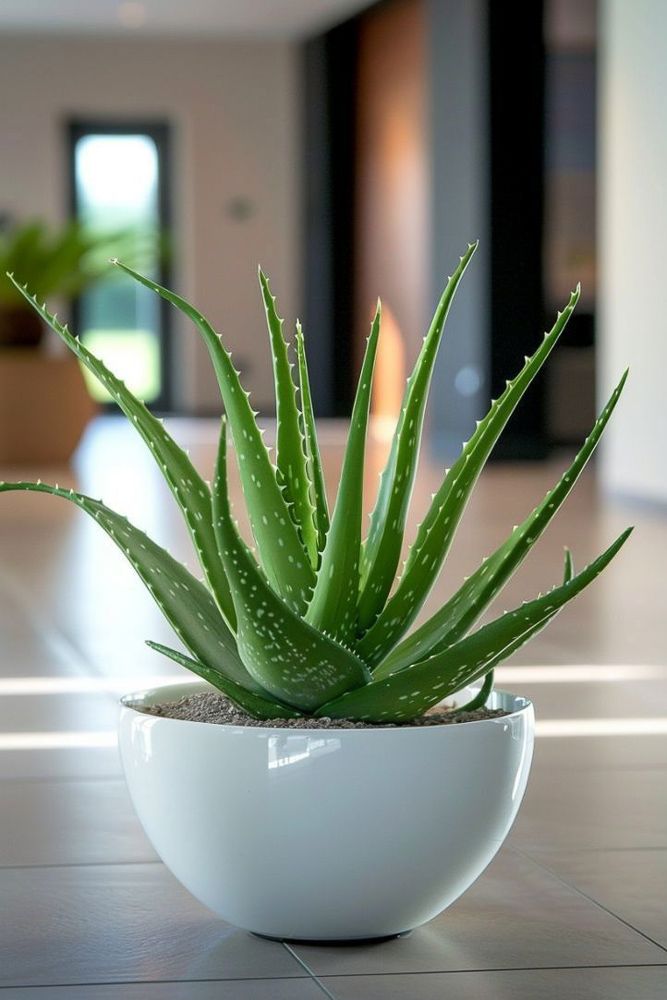
Your kitchen’s best friend. Aloe removes formaldehyde whilst providing soothing gel for burns. It’s low-maintenance and adds a modern touch to any space.
Boston fern (Nephrolepis exaltata)

Humidity heroes that remove formaldehyde and xylene. They’re pet-safe but need consistent moisture. Perfect for bathrooms or humid spots.
English ivy (Hedera helix)
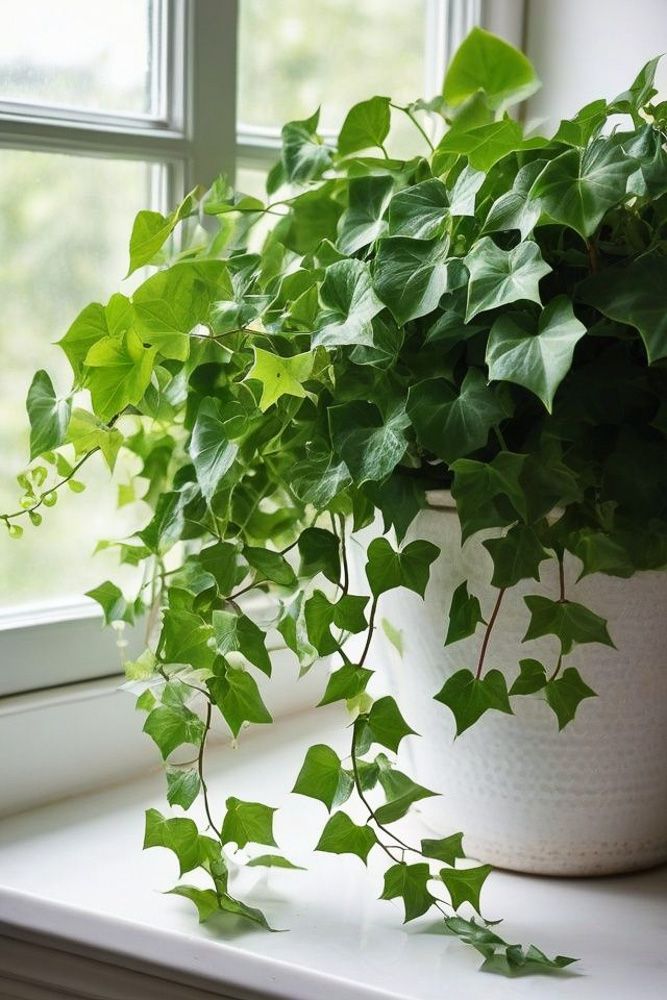
The mould destroyer. English ivy removes up to 78% of airborne mould and filters formaldehyde. It’s climbing nature makes it perfect for hanging baskets, but keep it from pets.
Rubber plant (Ficus elastica)
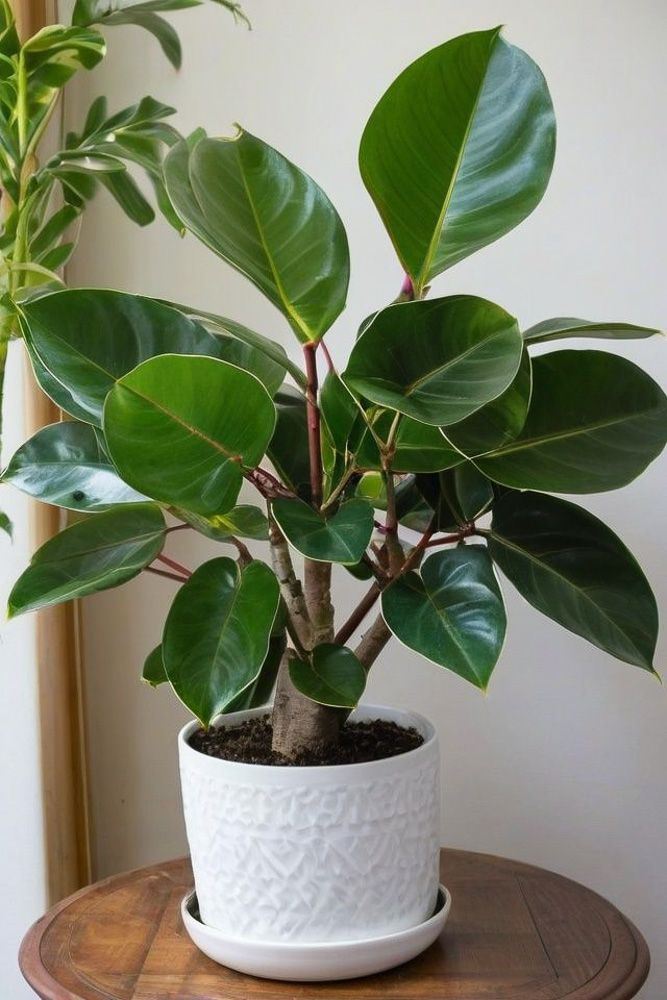
With glossy, broad leaves, rubber plants are formaldehyde-fighting powerhouses. They’re low-maintenance and make stunning statement pieces.
Bamboo palm (Chamaedorea seifrizii)

Pet-safe tropical beauties that remove formaldehyde, benzene, and trichloroethylene. They add instant jungle vibes to any room.
Golden pothos (Epipremnum aureum)

Nearly impossible to kill, pothos plants trail beautifully and remove formaldehyde, benzene, and carbon monoxide. They’re not pet-safe but perfect for high shelves.
Dracaena
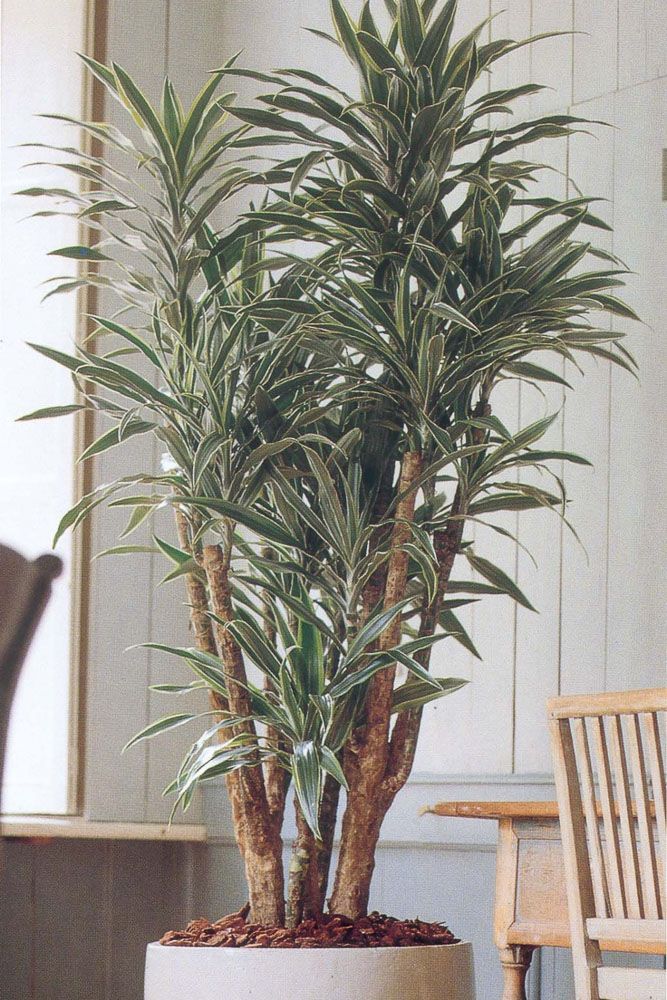
Available in numerous varieties, dracaenas remove benzene, formaldehyde, and trichloroethylene. They’re architectural and striking but toxic to pets.
Areca palm (Dypsis lutescens)
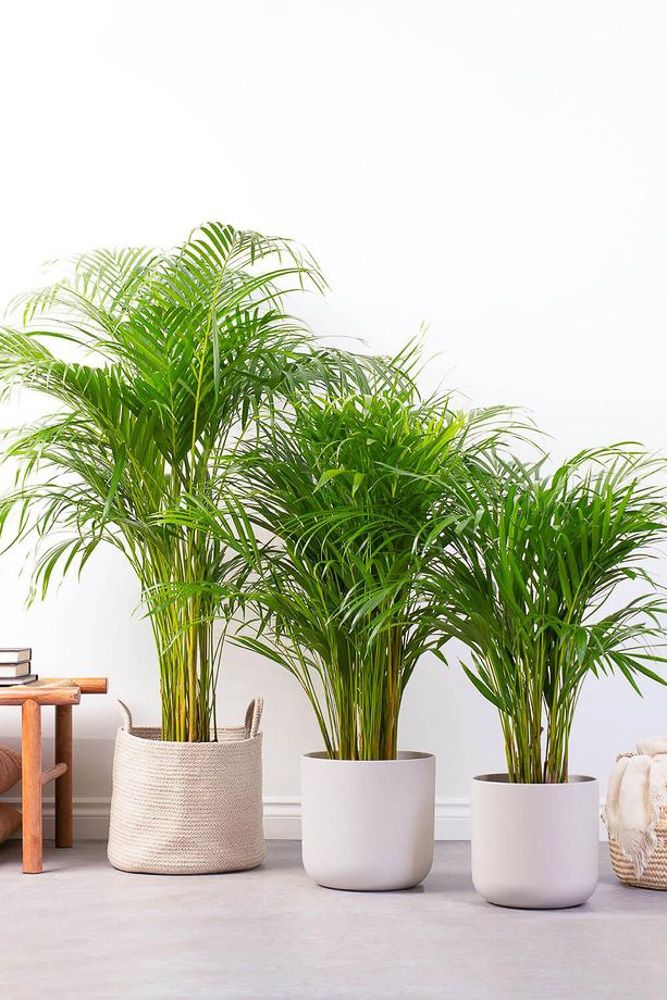
Elegant and pet-safe, areca palms are excellent all-rounders. They remove most common indoor toxins whilst adding tropical elegance.
Gerbera daisy (Gerbera jamesonii)
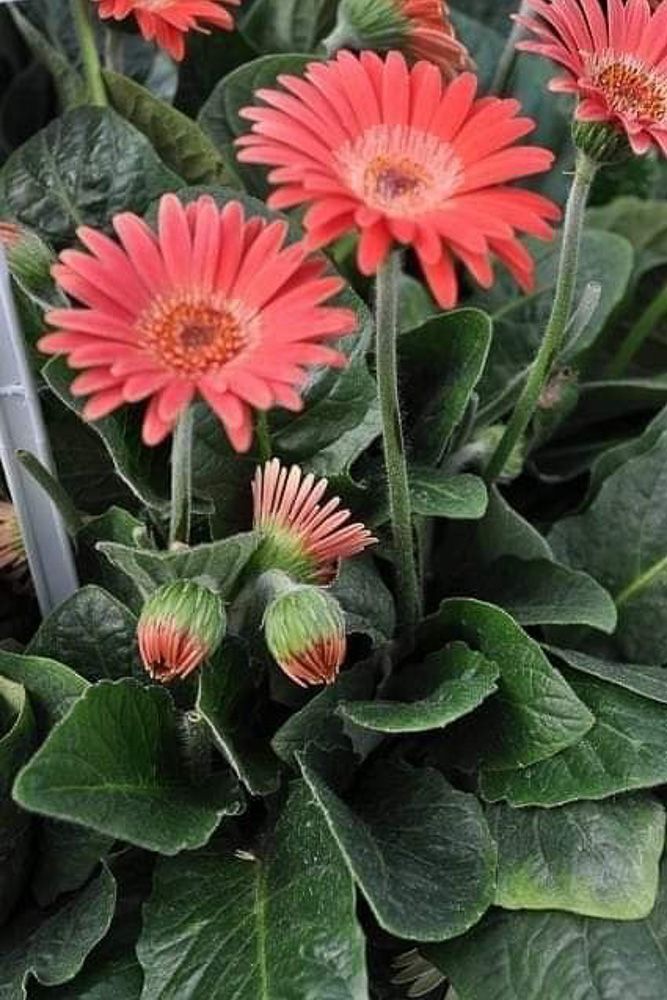
Cheerful and effective, gerbera daisies remove benzene and formaldehyde. They prefer bright light and regular watering but reward you with gorgeous blooms.
Philodendron

Heart-shaped leaves make philodendrons Instagram favourites. They’re excellent at removing formaldehyde but should be kept away from pets.
Weeping fig (Ficus benjamina)
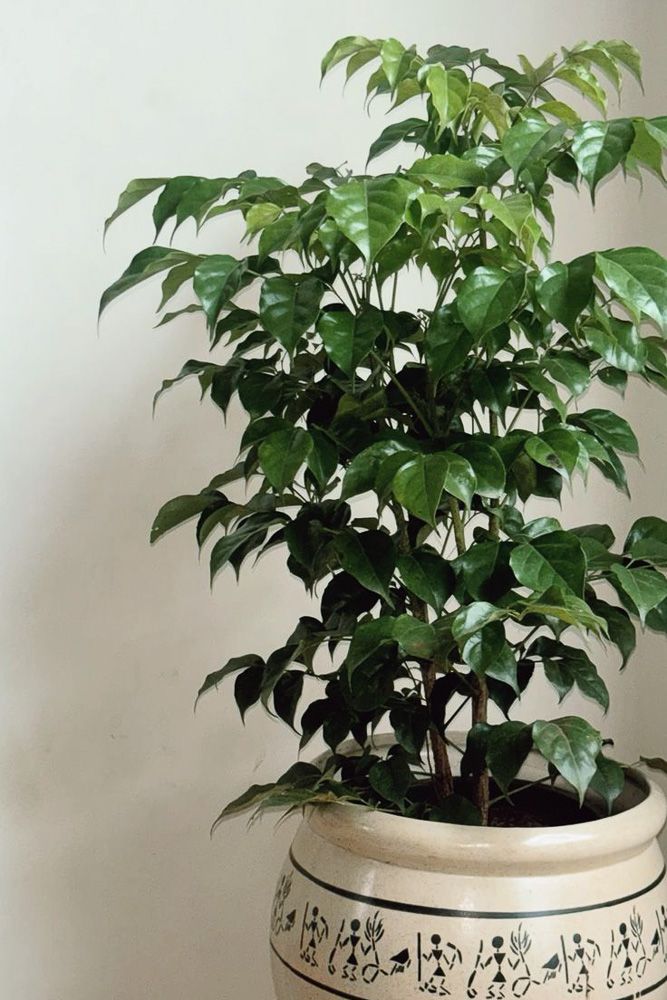
Elegant trees that remove formaldehyde, benzene, and trichloroethylene. They’re finicky about location changes but stunning when settled.
Chinese evergreen (Aglaonema)
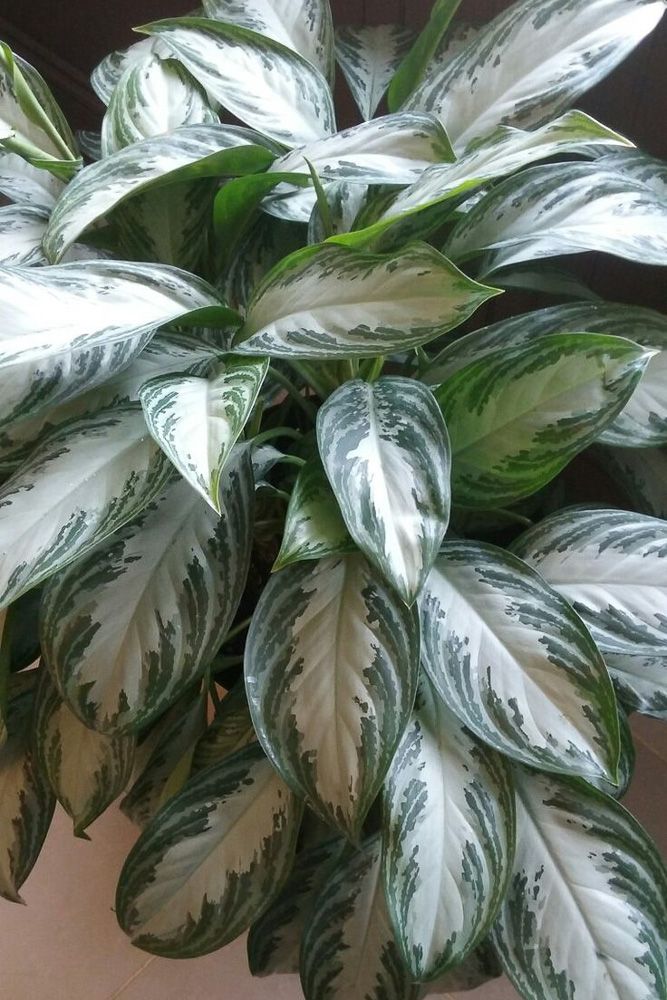
Colourful and tolerant, Chinese evergreens thrive in low light whilst removing benzene and formaldehyde. They’re perfect for offices or darker rooms.
Pet-safe air-purifying plants
Got furry family members? Many air-purifying plants are perfectly safe for curious cats and dogs:
Spider plants are non-toxic and practically indestructible. Even if your cat treats them like a salad bar, everyone stays safe.
Boston ferns are pet-friendly and excellent humidity boosters. Perfect for bathrooms or anywhere needing extra moisture.
Areca palms add tropical vibes without the worry. These elegant palms are safe for pets and brilliant at removing formaldehyde.
Bamboo palms offer similar benefits to areca palms and are equally pet-safe.
However, avoid peace lilies, English ivy, and dracaena if you have pets. These plants can cause mild to serious problems if ingested.
Also Read: Pet Proofing Your Home In Easy Ways
Are succulents air-purifying plants?
Succulents like aloe vera do purify air, but they’re not the strongest performers. Their thick, waxy leaves limit air absorption compared to broad-leafed plants.
That said, aloe vera deserves special mention. It removes formaldehyde and benzene whilst providing a handy burn remedy in your kitchen. Plus, it’s virtually impossible to kill – perfect for beginners exploring the succulent decor life.
Snake plants (technically succulents) are superstars. They release oxygen at night, making them ideal bedroom companions. They also tolerate neglect better than your average houseplant.
Plants that work around the clock
Most plants only photosynthesise during daylight, but a few special species work night shifts too:
Snake plants release oxygen at night, making them perfect bedroom companions.
Aloe vera also continues oxygen production after dark.
Areca palms work consistently throughout the day and night.
These 24-hour workers are ideal for bedrooms or any space where you spend lots of time.
Which plant purifies air the most?
Whilst many plants claim the top spot, snake plants and spider plants consistently rank highest for overall effectiveness and ease of care. Peace lilies excel at removing specific toxins but require more attention.
For sheer air-processing power, larger plants like rubber trees and bamboo palms win. Their extensive leaf surface area means more air contact and better filtration.
Getting going on your air-purifying plant journey
Ready to transform your home into a green sanctuary? Start with one or two easy-care plants like spider plants or snake plants. Once you’ve mastered the basics, expand your collection gradually.
Remember, even a single plant makes a difference. You don’t need to transform your home into a jungle overnight. Start small, learn as you go, and enjoy watching your air quality improve alongside your growing green family.
Your lungs (and your home’s atmosphere) will thank you for every leafy addition. Welcome to the wonderful world of air-purifying plants – where cleaner air meets natural beauty!
How can Livspace help you?
Ready for a botanical journey? Book an online consultation with Livspace today and get started.
- We’ve given over 2,000 homes and homeowners their dream floors
- We provide Luxury Vinyl Tiles (LVT), HDF laminated flooring, and Stone Polymer Composite flooring with high quality materials at attractive prices
- Our flooring options come with a one-year warranty



